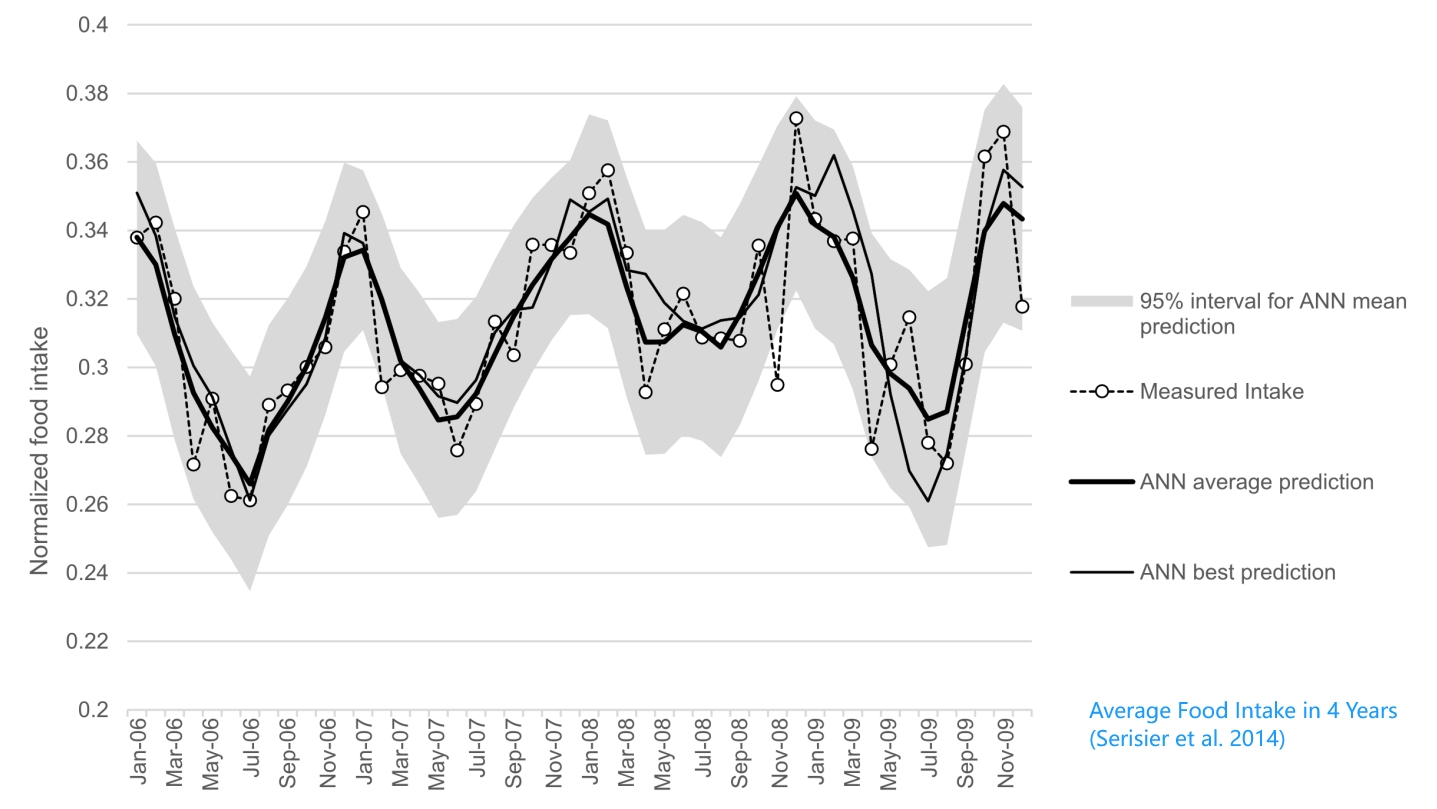How Weather and Temperatures Affect the Food Intake of Cats?

When it comes to our furry feline friends, weather and temperature can significantly impact their food intake. Understanding these seasonal changes can help cat owners ensure their pets remain healthy and happy year-round. Let's dive into how different weather conditions affect cats' eating habits and what you can do if you notice any unusual changes in your cat's food intake.
Seasonal Variation in Food Intake
A study conducted by Serisier et al. (2014) observed 38 cats over four years and found a distinct seasonal pattern in their voluntary food intake. Here’s a summary of their findings (in the Northern Hemisphere):
- Summer (June to August): Cats tend to eat the least during the summer months. On average, their food intake drops by about 15% compared to winter.
- Winter (October to February): Cats consume the most food during these colder months. Increased intake is likely due to the need for more energy to maintain body temperature.
- Spring and Early Autumn (March to May and September): Food intake during these periods is intermediate between summer and winter.
The study found that these changes in food intake were closely linked to variations in temperature and daylight length. During warmer months, cats tend to eat less, likely because their bodies require less energy to stay warm. Conversely, shorter days and colder temperatures in winter prompt cats to eat more to generate extra body heat.

Practical Advice for Cat Owners
Understanding these patterns can help you better manage your cat’s diet throughout the year. Here are some tips:
- Monitor Food Intake: Keep an eye on how much your cat eats and take note of any significant changes. It’s normal for your cat to eat less in the summer and more in the winter, but drastic changes can be a cause for concern.
- Adjust Portion Sizes: In winter, consider increasing portion sizes slightly to match your cat’s increased energy needs. In summer, reduce portion sizes if your cat is consistently leaving food behind.
- Stay Hydrated: Ensure your cat always has access to fresh water, especially during hot weather. Dehydration can exacerbate the reduction in food intake during summer.
- Create a Comfortable Environment: In winter, provide warm bedding to help your cat conserve energy. In summer, ensure they have cool, shaded areas to retreat to.
- Consult a Vet: If you notice unusual changes in your cat’s eating habits, such as a significant drop in food intake in winter or excessive eating in summer, consult your veterinarian. These could be signs of underlying health issues.
What to Do If Your Cat’s Food Intake Changes Anomaly
Changes in your cat’s food intake can sometimes indicate health problems. Here’s what to do if you notice any anomalies:
- Check for Illness: Loss of appetite can be a sign of various health issues, including dental problems, gastrointestinal issues, or infections. Conversely, increased appetite can be linked to conditions like hyperthyroidism or diabetes.
- Evaluate Stress Levels: Cats are sensitive creatures, and changes in their environment or routine can affect their eating habits. Look for potential stressors such as new pets, changes in household dynamics, or even alterations in their feeding area.
- Maintain a Feeding Schedule: Consistency can help regulate your cat’s eating habits. Try to feed your cat at the same times each day.
- Offer Nutritious Food: Ensure your cat’s diet is balanced and meets their nutritional needs. Sometimes, switching to a high-quality food can improve their appetite.
- Observe and Record: Keep a diary of your cat’s eating patterns, behaviors, and any changes you notice. This information can be invaluable for your veterinarian.
By staying attentive to your cat’s needs and understanding how weather and temperatures affect their food intake, you can help ensure they stay healthy and well-nourished throughout the year.